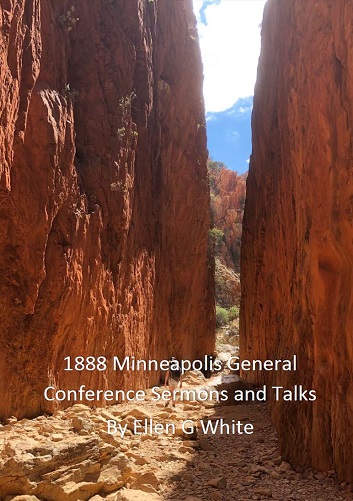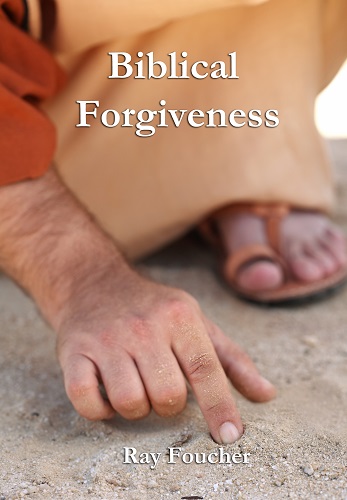God said Let us Make Man in our Image
Gen 1:26 And God said, Let us make man in our image, after our likeness: and let them have dominion over the fish of the sea, and over the fowl of the air, and over the cattle, and over all the earth, and over every creeping thing that creepeth upon the earth.
It is interesting to note that most modern Adventist commentators interpret the phrase "And God said Let Us make man in our image" to be a discussion between the three members of the Trinity, using the definition of Elohim to mean a plurality of three. See The Trinity - Whidden, Moon and Reeve Page 34 for instance.
"The passage has God speaking of Himself with plural references... the Godhead creates humans in Our image - Father, Spirit, and Son forming a creative, loving and personal plurality"
Here is another example from Norman Gully:
In Hebrew, more than one Person in the one God is conveyed by God’s use of the plural cohortative “let us”: (1) “Then God said [singular], ‘Let us [plural] make man in our image’” (Gen 1:26a); JATS, Spring 2006 Page 80-97
What is extremely significant is how Ellen White expands Gen 1:26 in a very different direction. Notice what she write in Spirit of Prophecy Volume 1 Page 24 and 25
The Father and the Son engaged in the mighty, wondrous work they had contemplated, of creating the world. The earth came forth from the hand of the Creator exceedingly beautiful. There were mountains, and hills, and plains; and interspersed among them were rivers and bodies of water. The earth was not one extensive plain, but the monotony of the scenery was broken by hills and mountains, not high and ragged as they now are, but regular and beautiful in shape. The bare, high rocks were never seen upon them, but lay beneath the surface, answering as bones to the earth. The waters were regularly dispersed. The hills, mountains, and very beautiful plains, were adorned with plants and flowers, and tall, majestic trees of every description, which were many times larger, and much more beautiful, than trees now are. The air was pure and healthful, and the earth seemed like a noble palace. Angels beheld and rejoiced at the wonderful and beautiful works of God. {1SP 24.1}
After the earth was created, and the beasts upon it, the Father and Son carried out their purpose, which was designed before the fall of Satan, to make man in their own image. They had wrought together in the creation of the earth and every living thing upon it. And now God says to [25] his Son, "Let us make man in our image." As Adam came forth from the hand of his Creator, he was of noble height, and of beautiful symmetry. He was more than twice as tall as men now living upon the earth, and was well proportioned. His features were perfect and beautiful. His complexion was neither white, nor sallow, but ruddy, glowing with the rich tint of health. Eve was not quite as tall as Adam. Her head reached a little above his shoulders. She, too, was noble--perfect in symmetry, and very beautiful.
Ellen White states that God the Father was speaking to His Son when He stated that man should be made in our image. Since the Father was speaking to the Son, then "our image" must mean in the image of the Father and the Son. This is reflected in Genesis 1:26 by "Let us make man in our image, after our likeness: and let them have dominion..."
Ellen White also goes on to describe both Adam and Eve as being a part of "our image". In my study I have found that most scholars focus on the individual images of man and woman in the image of God rather than the "our image" of Father and Son. it is clear that both Adam and Eve were made individually in the image of God but the added dimension of Adam and Eve being in "our image" meaning Father and Son has usually been over looked.
This dimension added by Ellen White is highly significant and demands an answer. An answer that I have never been able to obtain from any of my former colleagues. The headship and submission original of Father and Son were imaged in the man and the woman. The bringing forth of the woman from the man is only significant as it relates to the bringing forth of the Son from the Father. Such a bringing forth in current Adventist views of equality is meaningless.
I pose again the question to all, what is the significance of Ellen White's statement And now God says to his Son "Let us make man in our image"?





